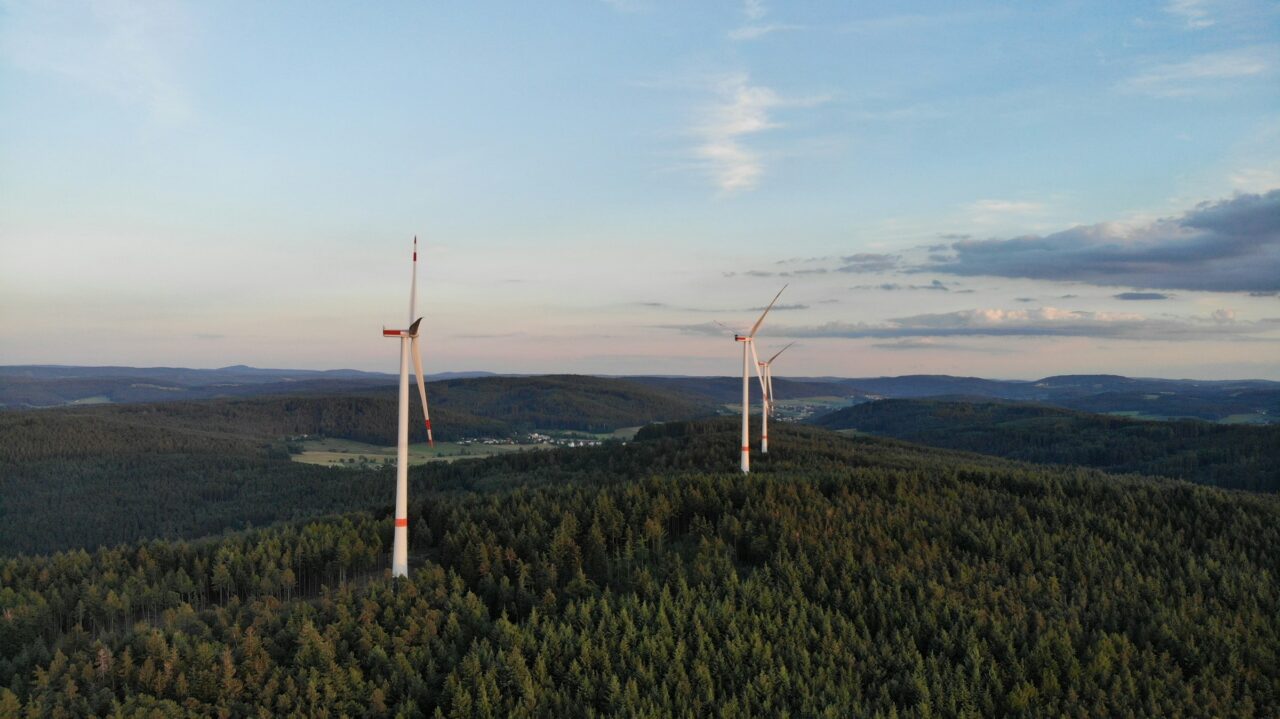Financing
Nopef helps Nordic companies expand to international markets. Learn more about our funding and the application process.

What we fund
Nopef provides financial support for Nordic SMEs to explore new market opportunities outside the EU and EFTA area.
Who can apply
To qualify for financial support from Nopef, the applicant company and its project must meet certain requirements.


Apply for funding
Nopef receives funding applications on a continuous basis. Here you’ll find the next application deadline and instructions for starTing your application.
After approval
As a Nopef funding recipient, you need to follow certain steps which include annual status reporting, requesting disbursements and a final report.


Forms and guides
All Nopef forms and guides are gathered in one place, everything from standard terms to our application form and final reports for our grant recipients.